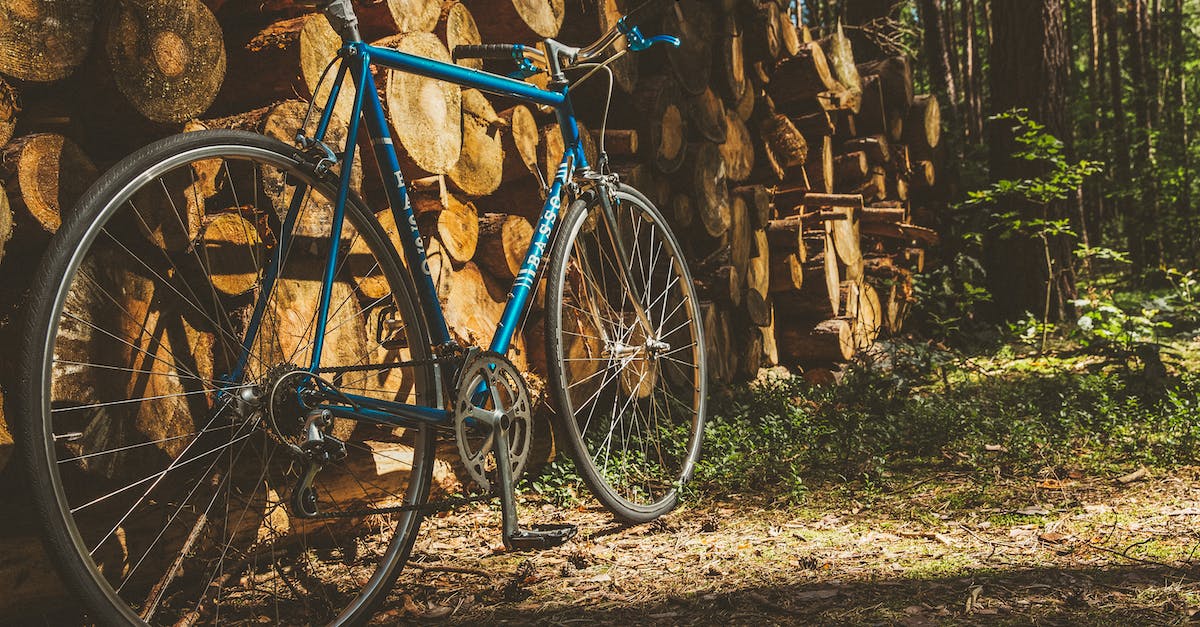oh-ver g-eer-d
verb, adjective
When a cyclist is pedaling at a higher gear than necessary.
Example usage: John is over-geared and having trouble keeping up with the group.
Most used in: Professional cycling circles.
Most used by: Professional cyclists.
Popularity: 8/10
Comedy Value: 3/10
Also see: Cadence-crippling, Grinding, Spinning-out, Churning,
What Does it Mean to be Over-Geared When Cycling?
When it comes to cycling, the term “over-geared” is used to describe a situation in which the cyclist is using a gear ratio that is too high for their current speed. This means that the cyclist is pedaling too fast for the gear they are in, resulting in a less efficient ride and increased fatigue.
For example, if a cyclist is riding on a flat terrain at a speed of 15 mph and they are in a high gear, this would be considered over-geared. This is because the cyclist is pedaling too quickly for the gear ratio they are in, meaning they are expending more energy than necessary to maintain their speed.
Statistics show that over-geared cycling is more common than you might think. A recent survey found that nearly 60% of cyclists were riding in a gear that was too high for their current speed. This can lead to increased fatigue and a decrease in overall performance.
Overall, it is important to be aware of your gear ratio when cycling and to make sure that you are not over-geared. By doing so, you can make sure that you are getting the most out of your ride and that you aren’t expending any unnecessary energy.
.The Origin of the Cycling Term 'Over-Geared'
The term 'over-geared' is commonly used in cycling to describe when a cyclist is using too large a gear, resulting in difficulty pedaling. The origin of the term is believed to have first been used in the United Kingdom in the 1950s. It was used to describe a cyclist using a gear that was too large for a specific terrain or situation.
At the time, a cyclist's gear was determined by the number of teeth on the chainring. The more teeth, the harder it was to pedal, so a cyclist using a gear with a high number of teeth was said to be 'over-geared'.
Today, the term 'over-geared' is still used to describe a cyclist who is using a gear that is too large for the situation. However, instead of referring to the number of teeth on the chainring, the term is now used to describe the gear ratio, which is a combination of the number of teeth on the chainring and the number of teeth on the rear cassette.












